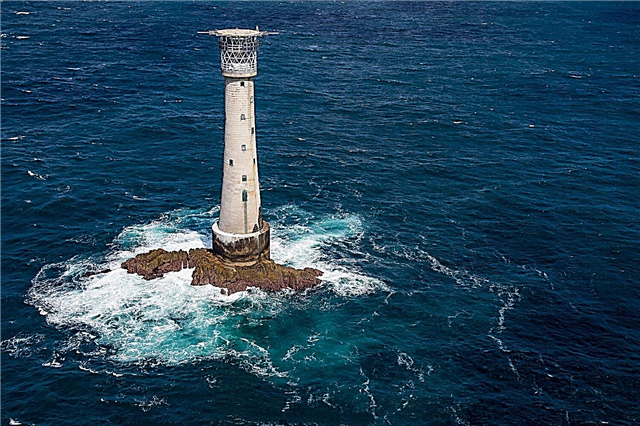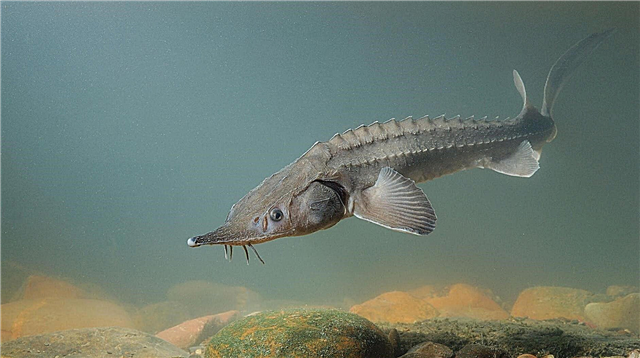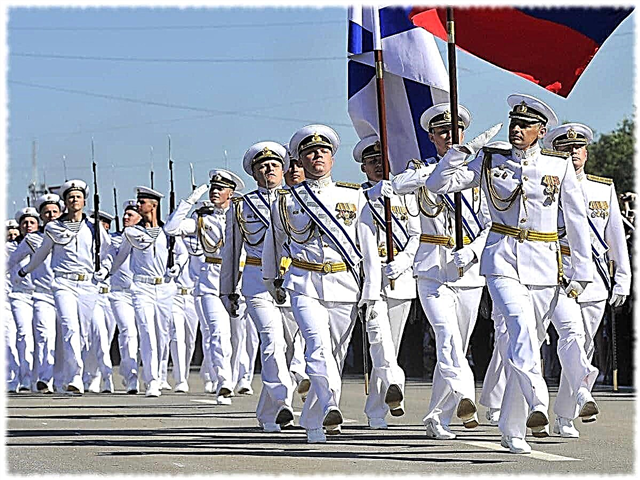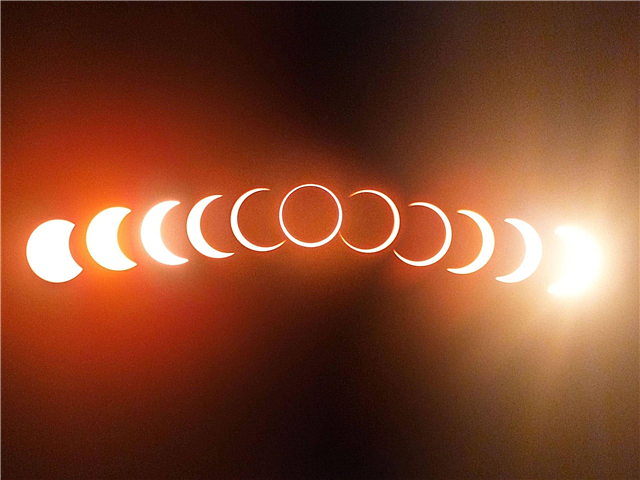
Regular shutdown of hot water in the summer is a normal occurrence in the countries of the former Soviet Union. Do Europeans have to face such troubles?
Why turn off the water?
Among the countries that used to be part of the USSR, the centralized hot water supply system is widespread. In those conditions, it was easier to build large pipelines, stock up on coal, fuel, water and transport hot water over long distances from powerful thermal power plants (TPPs). Despite the fact that a lot of time has passed, the familiar system has remained in place.
It has several drawbacks. One of the most important is the rapid wear of pipes. The fact is that the mains through which hot water passes are subjected to heavy loads. Temperature fluctuations from severe frosts to heat also have a negative effect.
Thus, there is a need for regular inspection of the pipeline. And to carry it out without stopping the supply of water is impossible. This is due to design features. At least every season, in the summer, special schedules for temporary shutdown of water are created.
For convenience and systematization of the process, hot water is turned off, for example, in certain areas. When on one site verification is completed, go to the next, etc. The test procedure is called crimping - it is a high-pressure water supply that allows you to identify worn sections of the pipeline.
Interesting fact: A prolonged absence of cold water, as is often the case in small towns, is unacceptable. Such lines do not require lengthy checks, as they wear out less. Therefore, a month, cold water should be absent no more than 7 hours in total or no more than 4 hours once. If a serious breakdown occurs, it should be eliminated in a maximum of one day.
Carrying out repair and maintenance work in the summer is quite logical. While warm, people can do without hot water for several days. It is important to check the lines and replace or repair the pipes, if necessary, before the onset of the winter period. At this time, the pipeline is under the greatest load. If any malfunction occurs in the winter, numerous apartments, houses, public buildings will remain without heating for an indefinite period.
Blackout in European countries
In Europe, turning off hot water is an exceptional phenomenon. The fact is that most countries have chosen to abandon centralized hot water supply because of its wastefulness. Europeans believe that distilling hot water over long distances is extremely inefficient.
Central heating can only be used in large cities in Sweden, Norway, Denmark, as well as in Eastern Europe. If the buildings are located near the CHP, they can also receive hot water through the common main. But in most private houses and apartments, the water flows cold.
Each heats it in a convenient way, for example, using boilers. In multi-apartment buildings have their own boiler rooms. When to turn on the hot water, the local house decides.
In general, utilities in Europe have a higher cost. They prefer not to wait until the pipeline breaks down or is close to this, but regularly update it. Quality of service and the relatively frequent replacement of pipes require a cash outlay. Therefore, even with centralized water supply, Europeans do not experience difficulties such as lack of hot water.
In Europe, they prefer to abandon centralized hot water supply in favor of boilers and local water heaters. The supply of hot water over long distances from a heat source is considered disadvantageous. Central highways with hot water are available only in large cities of some countries. But there is no seasonal summer water outage there, since Europeans change the pipeline much more often and there are no reasons for constant inspection or repair.












